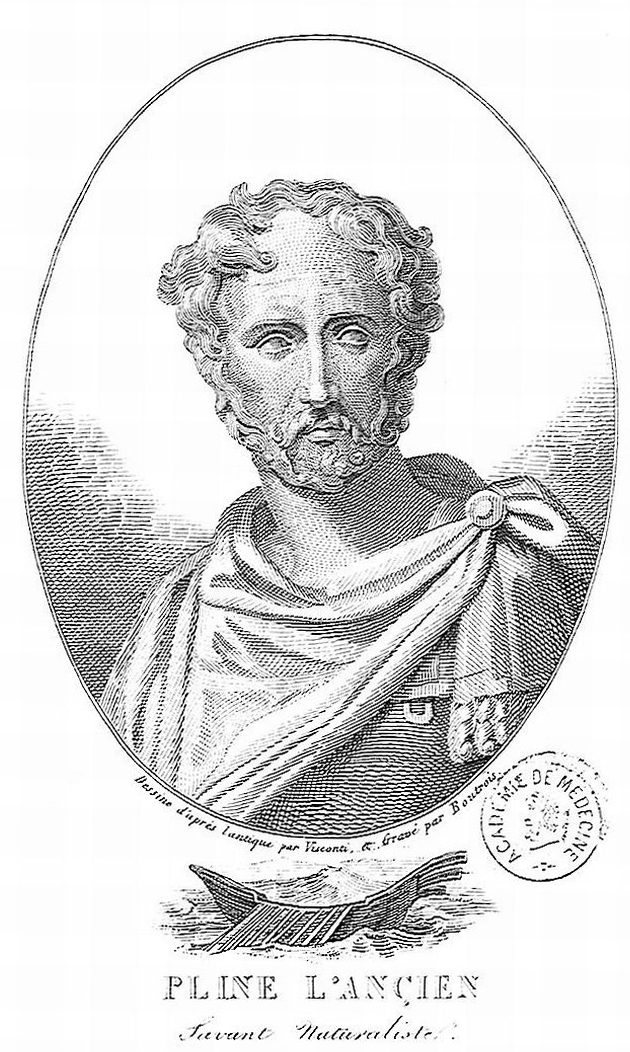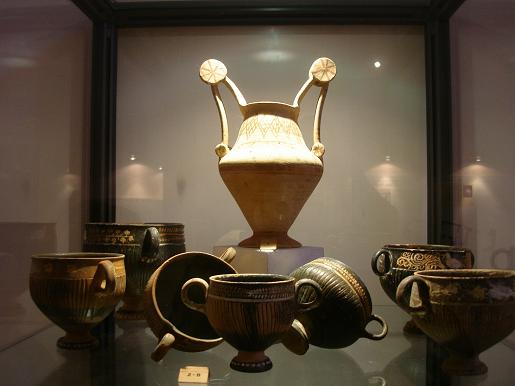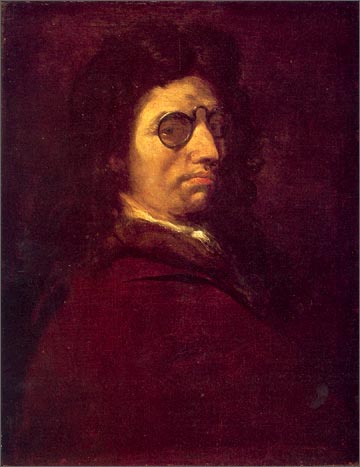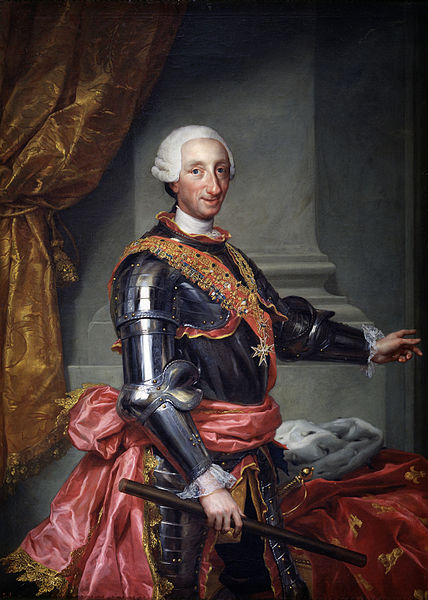GALLIPOLI, MY TOWN
According to legen The city was founded in ancient times by Idomeneus of Crete. Pliny the Elder attributes the foundation to theSenones
Pliny the Elder attributes the foundation to theSenones Gauls, while more likely is that it was a Messapic
Gauls, while more likely is that it was a Messapic  settlement. Historically, what is known is that Gallipoli was a city of theGreater Greece, ruling over a large territory including today's Porto Cesarea. In 265 it sided with Pyrrhus and Taranto
settlement. Historically, what is known is that Gallipoli was a city of theGreater Greece, ruling over a large territory including today's Porto Cesarea. In 265 it sided with Pyrrhus and Taranto  against ancient Rome, suffering a defeat which relegated it as a Roman colony (later a municipium)In the early Middle Ages, it was most likely sacked by the Vandals
against ancient Rome, suffering a defeat which relegated it as a Roman colony (later a municipium)In the early Middle Ages, it was most likely sacked by the Vandals  and the Goths.
and the Goths. Rebuilt by the Byzantines,
Rebuilt by the Byzantines, Gallipoli lived an economically and socially flourishing period due to its geographical position. Later it was owned by the Roman Popes, and was a centre of fighting against the Greek monastic orders.In the 11th century Gallipoli was conquered by the Normans and, in 1268, it was besieged by Charles I of Anjou,
Gallipoli lived an economically and socially flourishing period due to its geographical position. Later it was owned by the Roman Popes, and was a centre of fighting against the Greek monastic orders.In the 11th century Gallipoli was conquered by the Normans and, in 1268, it was besieged by Charles I of Anjou, causing numerous inhabitants to flee to the nearby Alezio. The city was repopulated around 1300, under the feudal rule of the principality of Taranto. In 1484 the Venetians tried to occupy it, but without results. King Ferdinand I of the Two Sicilies started the construction of the port, which in the 18th century became the largest olive oil market in the Mediterranean.After the unification of Italy (1861), Gallipoli was capital of a circondario, together with Lecce and Taranto]
causing numerous inhabitants to flee to the nearby Alezio. The city was repopulated around 1300, under the feudal rule of the principality of Taranto. In 1484 the Venetians tried to occupy it, but without results. King Ferdinand I of the Two Sicilies started the construction of the port, which in the 18th century became the largest olive oil market in the Mediterranean.After the unification of Italy (1861), Gallipoli was capital of a circondario, together with Lecce and Taranto]
 Angevine-Aragonese Castle, built in the 13th century by the Byzantines. It was largely remade under the Angevines and theAragonese, who added a polygonal wall fortified with round towers. The main additions were carried on by Francesco di Giorgio Martini (below another of his works)
Angevine-Aragonese Castle, built in the 13th century by the Byzantines. It was largely remade under the Angevines and theAragonese, who added a polygonal wall fortified with round towers. The main additions were carried on by Francesco di Giorgio Martini (below another of his works) who worked for King Alfonso II of Naples
who worked for King Alfonso II of Naples . In 1522 it was added the eastern wall, known as Rivellino, defended by waters on three sides.14th century walls (renewed by the Spaniards in the 16th century). Originally it had 12 towers or bastions.Baroque cathedral of Sant'Agata (17th century). It has a richly decorated façade in carparo, a local limestone rock, with niches featuring statues of saints. The interior is on the Latin cross plan, with Baroque altars, including a polychrome one by Cosimo Fanzago (high altar).Church of St. Francis of Paola (1621)
. In 1522 it was added the eastern wall, known as Rivellino, defended by waters on three sides.14th century walls (renewed by the Spaniards in the 16th century). Originally it had 12 towers or bastions.Baroque cathedral of Sant'Agata (17th century). It has a richly decorated façade in carparo, a local limestone rock, with niches featuring statues of saints. The interior is on the Latin cross plan, with Baroque altars, including a polychrome one by Cosimo Fanzago (high altar).Church of St. Francis of Paola (1621)
- Church of St. Francis of Assisi, built in the 13th century but renovated several times later. It is home to a stone nativity scene byStefano da Putignano
 (late 16th century)
(late 16th century) 
- Church of San Domenico al Rosario (late 17th century), annexed to a Dominican convent.
- Church of the Holy Crucifix (1750)
- Church of Santa Maria della Purità (1661). The richly stucco decorated interior houses, at the marble high altar, a canvas by Luca Giordano
 depicting the Madonna della Purità between st. Joseph and St. Francis of Assisi
depicting the Madonna della Purità between st. Joseph and St. Francis of Assisi
- Greek Fountain (16th century), once believed to date to the 3rd century BC. It has bas-reliefs with mythological figures and, on the other façade, the insigna of Charles III of Spain.

- Palazzo Pirelli (16th century), with mythological-theme decorations in the interior.
- Church of San Pietro dei Samari, outside the city. It was built in late Byzantine times.
- Spiaggia la Puritate beach

 Pliny the Elder attributes the foundation to theSenones
Pliny the Elder attributes the foundation to theSenones Gauls, while more likely is that it was a Messapic
Gauls, while more likely is that it was a Messapic  settlement. Historically, what is known is that Gallipoli was a city of theGreater Greece, ruling over a large territory including today's Porto Cesarea. In 265 it sided with Pyrrhus and Taranto
settlement. Historically, what is known is that Gallipoli was a city of theGreater Greece, ruling over a large territory including today's Porto Cesarea. In 265 it sided with Pyrrhus and Taranto  against ancient Rome, suffering a defeat which relegated it as a Roman colony (later a municipium)In the early Middle Ages, it was most likely sacked by the Vandals
against ancient Rome, suffering a defeat which relegated it as a Roman colony (later a municipium)In the early Middle Ages, it was most likely sacked by the Vandals  and the Goths.
and the Goths. Rebuilt by the Byzantines,
Rebuilt by the Byzantines, Gallipoli lived an economically and socially flourishing period due to its geographical position. Later it was owned by the Roman Popes, and was a centre of fighting against the Greek monastic orders.In the 11th century Gallipoli was conquered by the Normans and, in 1268, it was besieged by Charles I of Anjou,
Gallipoli lived an economically and socially flourishing period due to its geographical position. Later it was owned by the Roman Popes, and was a centre of fighting against the Greek monastic orders.In the 11th century Gallipoli was conquered by the Normans and, in 1268, it was besieged by Charles I of Anjou, causing numerous inhabitants to flee to the nearby Alezio. The city was repopulated around 1300, under the feudal rule of the principality of Taranto. In 1484 the Venetians tried to occupy it, but without results. King Ferdinand I of the Two Sicilies started the construction of the port, which in the 18th century became the largest olive oil market in the Mediterranean.After the unification of Italy (1861), Gallipoli was capital of a circondario, together with Lecce and Taranto]
causing numerous inhabitants to flee to the nearby Alezio. The city was repopulated around 1300, under the feudal rule of the principality of Taranto. In 1484 the Venetians tried to occupy it, but without results. King Ferdinand I of the Two Sicilies started the construction of the port, which in the 18th century became the largest olive oil market in the Mediterranean.After the unification of Italy (1861), Gallipoli was capital of a circondario, together with Lecce and Taranto] Angevine-Aragonese Castle, built in the 13th century by the Byzantines. It was largely remade under the Angevines and theAragonese, who added a polygonal wall fortified with round towers. The main additions were carried on by Francesco di Giorgio Martini (below another of his works)
Angevine-Aragonese Castle, built in the 13th century by the Byzantines. It was largely remade under the Angevines and theAragonese, who added a polygonal wall fortified with round towers. The main additions were carried on by Francesco di Giorgio Martini (below another of his works) who worked for King Alfonso II of Naples
who worked for King Alfonso II of Naples . In 1522 it was added the eastern wall, known as Rivellino, defended by waters on three sides.14th century walls (renewed by the Spaniards in the 16th century). Originally it had 12 towers or bastions.Baroque cathedral of Sant'Agata (17th century). It has a richly decorated façade in carparo, a local limestone rock, with niches featuring statues of saints. The interior is on the Latin cross plan, with Baroque altars, including a polychrome one by Cosimo Fanzago (high altar).Church of St. Francis of Paola (1621)
. In 1522 it was added the eastern wall, known as Rivellino, defended by waters on three sides.14th century walls (renewed by the Spaniards in the 16th century). Originally it had 12 towers or bastions.Baroque cathedral of Sant'Agata (17th century). It has a richly decorated façade in carparo, a local limestone rock, with niches featuring statues of saints. The interior is on the Latin cross plan, with Baroque altars, including a polychrome one by Cosimo Fanzago (high altar).Church of St. Francis of Paola (1621)
 (late 16th century)
(late 16th century) 
 depicting the Madonna della Purità between st. Joseph and St. Francis of Assisi
depicting the Madonna della Purità between st. Joseph and St. Francis of Assisi

No comments:
Post a Comment